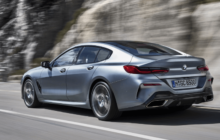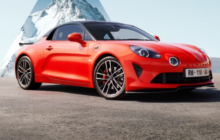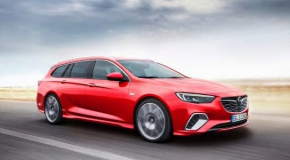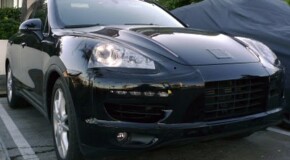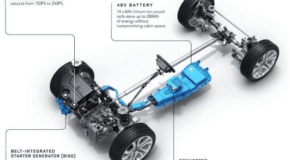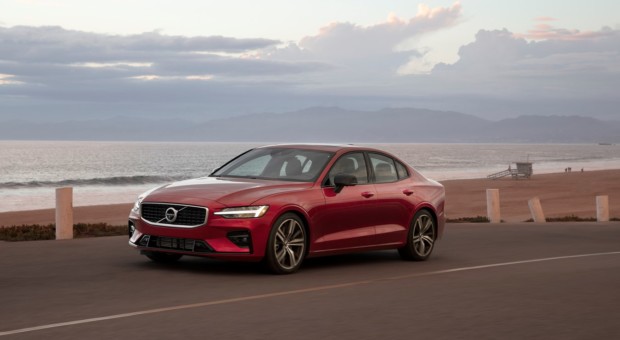
Volvo Cars today reveals a new step in its ambitions to end fatalities in its cars by addressing the issues of intoxication and distraction.
Apart from speeding, which the company aims to help combat with a top speed limit, intoxication and distraction are two other primary areas of concern for traffic safety. Together, these three areas constitute the main ‘gaps’ towards Volvo Cars’ vision of a future with zero traffic fatalities and require a focus on human behaviour in the company’s safety work as well.
For example, figures by NHTSA show that in the United States, almost 30 per cent of all traffic fatalities in vehicles in 2017 involved intoxicated drivers.
Volvo Cars believes intoxication and distraction should be addressed by installing in-car cameras and other sensors that monitor the driver and allow the car to intervene if a clearly intoxicated or distracted driver does not respond to warning signals and is risking an accident involving serious injury or death.
That intervention could involve limiting the car’s speed, alerting the Volvo on Call assistance service and, as a final course of action, actively slowing down and safely parking the car.
Examples of such behavior include a complete lack of steering input for extended periods of time, drivers who are detected to have their eyes closed or off the road for extended periods of time, as well as extreme weaving across lanes or excessively slow reaction times.
A driver monitoring system as described above is an important element of allowing the car to actively make decisions in order to help avoid accidents that could result in severe injuries or death.
Introduction of the cameras on all Volvo models will start on the next generation of Volvo’s scalable SPA2 vehicle platform in the early 2020s. Details on the exact amount of cameras and their positioning in the interior will follow at a later stage.
Today’s announcement should be viewed together with the company limiting the top speed on all its cars to 180 kph from model year 2021, in order to send a strong signal about the dangers of speeding.
The company wants to start a conversation about whether car makers have the right or maybe even the obligation to install technology in cars that changes their drivers’ behaviour. Both the speed limit and the installation of in-car cameras illustrate how car makers can take active responsibility for the aim of achieving zero traffic fatalities by supporting better driver behaviour.
Volvo Cars today also revealed the Care Key, which allows Volvo drivers to impose limitations on the car’s top speed on all cars from model year 2021, before lending their car to others.
The Care Key, the monitoring cameras, the speed limit as well existing driver assistance systems all serve one single aim: to support safer driving.
Volvo Car USA Reports March Sales
Volvo Car USA, LLC, (VCUSA) reported U.S. sales of 9,569 vehicles for the month of March, an increase of 16.2 percent versus March 2018.
March 2019 was the best March sales performance since March 2007. The XC40 had a record-breaking month, selling 1,550 compact SUVs. The XC90 was the top seller of the month with 3,236 vehicles sold followed by the XC60 with 2,936 cars sold. Volvo finished the first quarter of 2019 up 9.8 percent on top of quarter one 2018, which was up significantly compared to the prior year.




